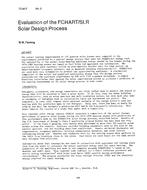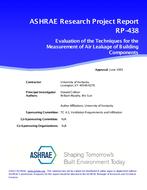The air quality in downtown area is seriously polluted by various kinds of air pollutants. For this reason, many drivers recirculate theindoor air instead of introducing new fresh outdoor air in downtown area. However, in this case, CO2 concentration inside the car can be very highabove 3,000 ppm, and this high concentration of CO2 may cause headache, sleepiness, and drowsiness. In this study, a feasibility of applying CO2adsorbent to control indoor CO2 concentration in car was investigated. A small CO2 adsorption system was prepared, and installed inside a car.Physical CO2 adsorbent and chemical adsorbent was loaded in this system, and CO2 concentration change with and without operation of CO2adsorption system was monitored. The car was driven in urban area and on highway with 3 passengers. The ventilation mode was varied as freshair intake mode and recirculation mode, and it was found that CO2 concentration was lower than 1,000 ppm with fresh air intake mode, while itwas higher than 3,000 ppm with recirculation mode. With the operation of CO2 adsorption system in recirculation mode, CO2 concentrationcould be lowered to 2,000 ppm within 1 h when chemical CO2 adsorbent was used. However, when physical CO2 adsorbent was used CO2concentration could be lowered much less than the case with chemical CO2 adsorbent. Physical adsorbent, made of 5A zeolite, was regenerable, butthe efficiency of CO2 adsorption was lower, and CO2 capture time was too long. Chemical CO2 adsorbent, made of metal hydroxide, was nonregenerable,but it could adsorb CO2 very quickly and efficiently.
Citation: ASHRAE Conference Papers, Denver, CO
Product Details
- Published:
- 2013
- Number of Pages:
- 6
- File Size:
- 1 file , 1.5 MB
- Product Code(s):
- D-DE-13-C041


